Estimating Mobility on Demand
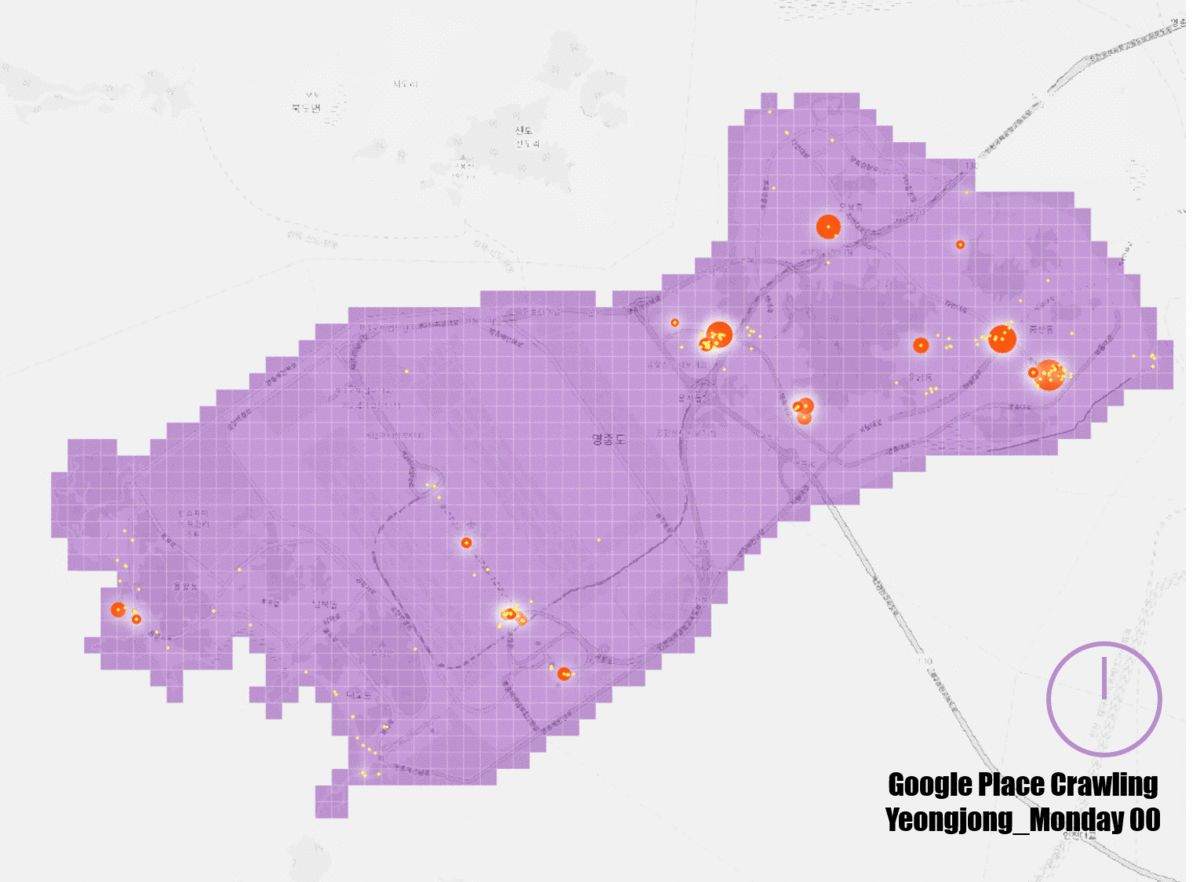
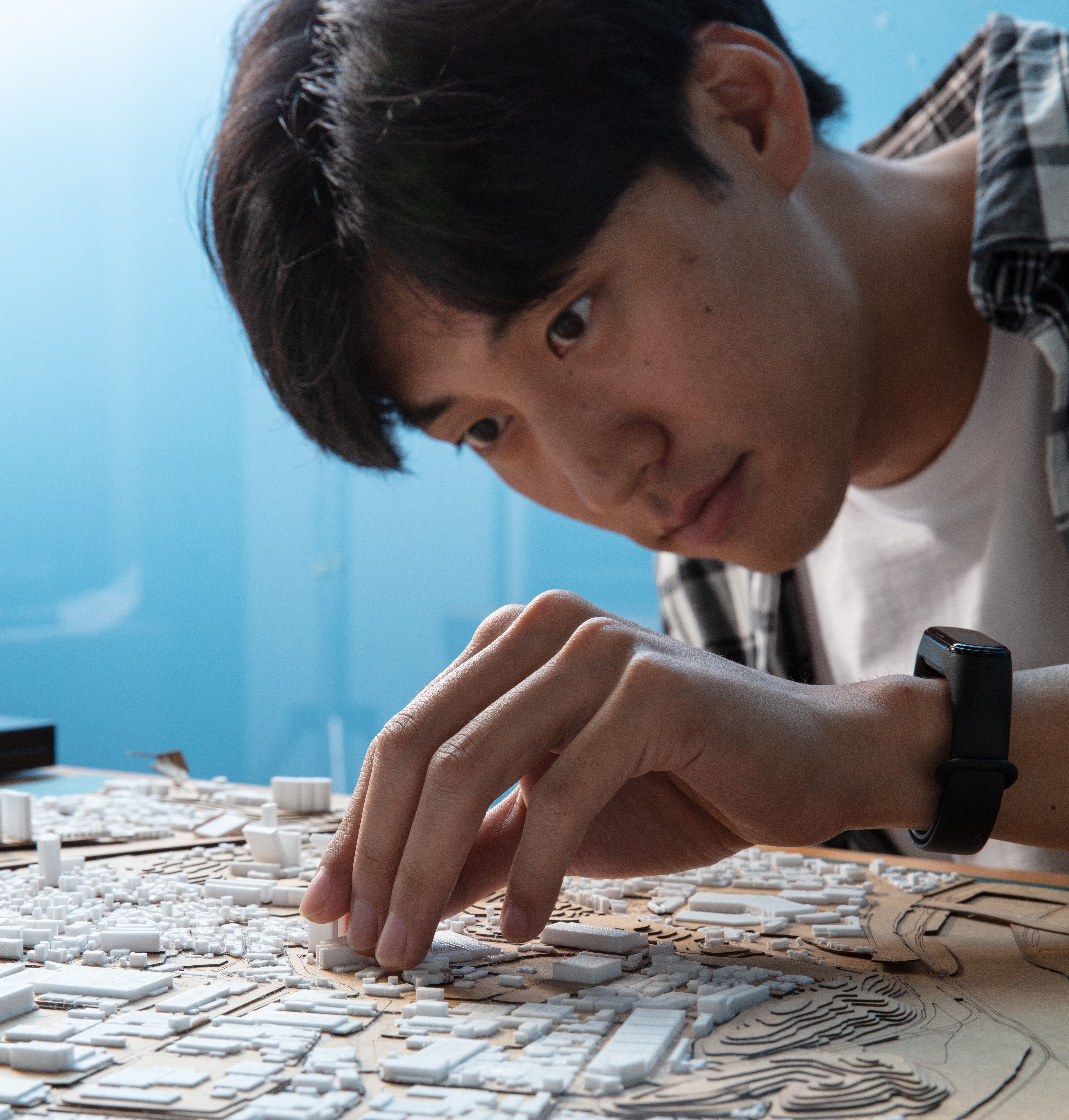
Cars, elevators, and what's next? Can digital technologies be the ones?
In particular, urban inequality and inefficiency derived from physical and spatial restrictions can be overcome by digital technology.
My research focuses on exploiting various aspects of digital technologies for better urban spaces: utilization, application, explanation, and development.
Who am I?
I am an urban researcher majoring in civil and environmental engineering and minoring in computer science,
who is committed to the field of urban computing.
With a skill set specialized in spatio-temporal databases, AI, and bayesian approach,
I am interested in solving questions related to human movement, social inequality, and platform urbanism.
Ultimately, my research objective is to contribute to
creating a better human life by managing and planning cities based on trustworthy AI.
Urban Design Lab, KAIST
Researcher - -
As a PhD candidate, I am focusing on AI-driven urban planning and urban modeling with big data

SAMSUNG C&T
Associate - -
As a full-time employee engineer, managed construction period and safety, addressed construction cost, maintained the quality of hi-tech manufacturing facility in Hwaseong
VS-A.KR
Internship - -
VS-A.Kr stands for the coordination between architecture, designer and fabrication via facade engineering. I conducted research project for the simulation of water flow on various facade forms and build the marketing strategy of the office during my internship.

Monthly SPACE Student Reporter
Student Reporter - -
Monthly SPACE is the most authorized architectural culture and art magazine in South Korea. I wrote an article about local curture and art exhibitions, and participated in an exhibition "A Room of tomorrow, without today" with the them of East Asian youth housing in poverty.
Estimating Mobility on Demand

Digitally Accessible Space
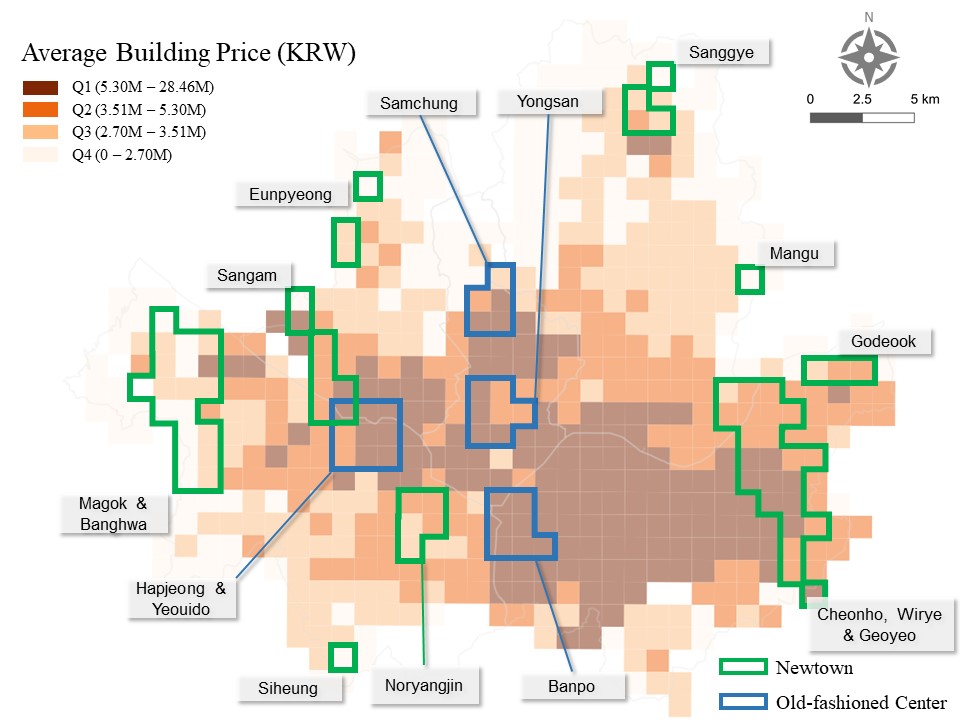
Bayesian Approach for Urban Dynamics
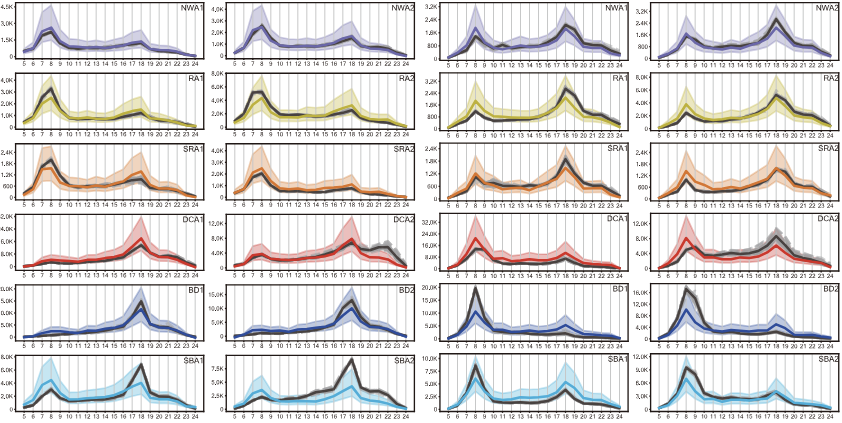
Human Mobility Prediction for Overtourism

AI-driven Urban Block Generator (DCGAN)
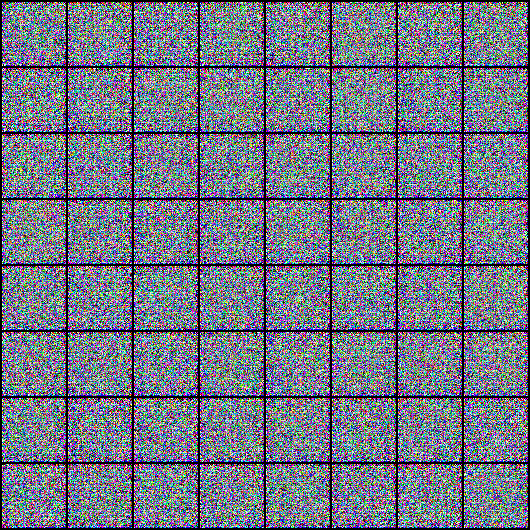
Simulating Water Flow on Facade
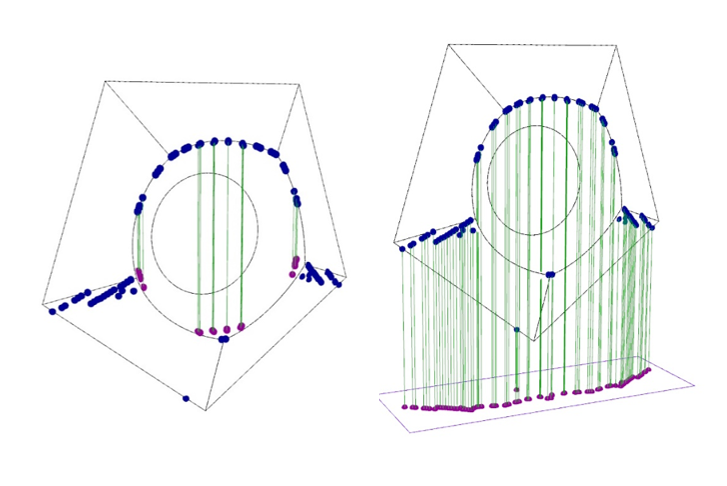
Korea Advanced Institute of Science and Technology (KAIST)
Master - -
Korea Advanced Institute of Science and Technology (KAIST)
Bachelor - -
Mobility On Demand
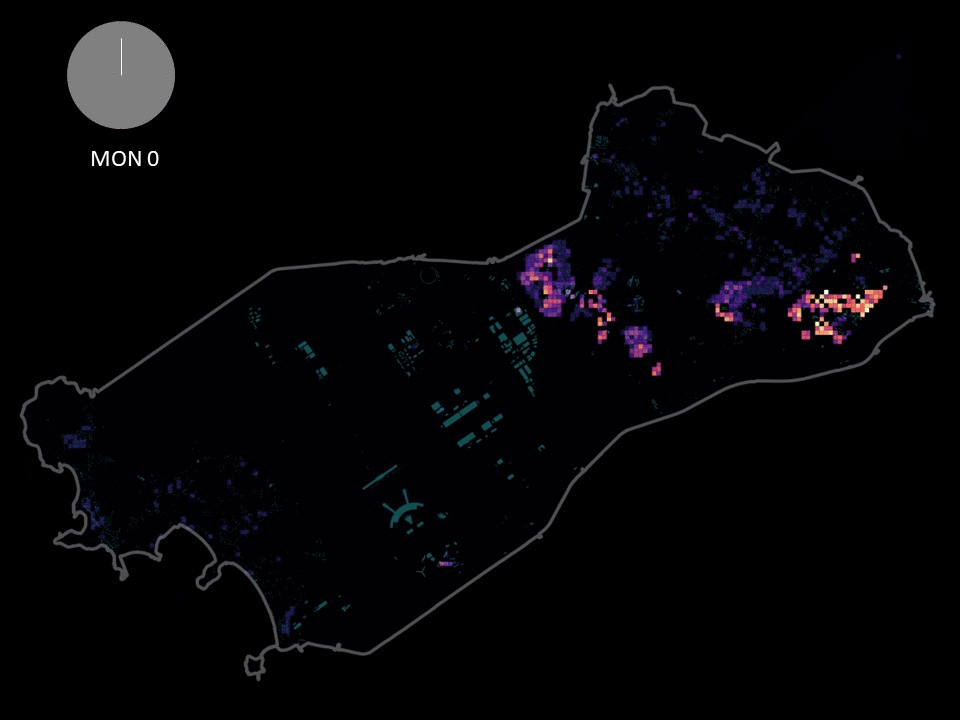

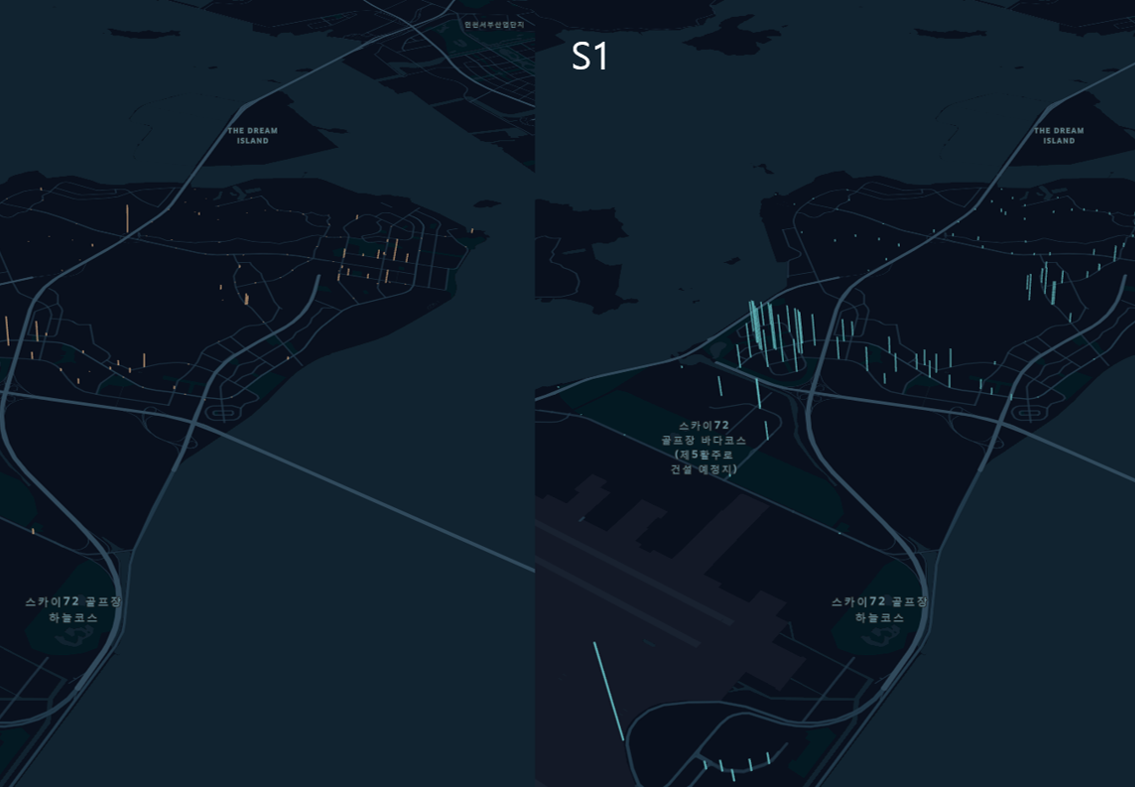
The research project for the verification of MOD presents novel approach to predict the transportation demand in urban space. I crawled google place data to trace people's daily moving pattern and addressed population & transporation data to estimate the population travel behavior.
Spatial Influence of ICT - Digitally Accessible Space
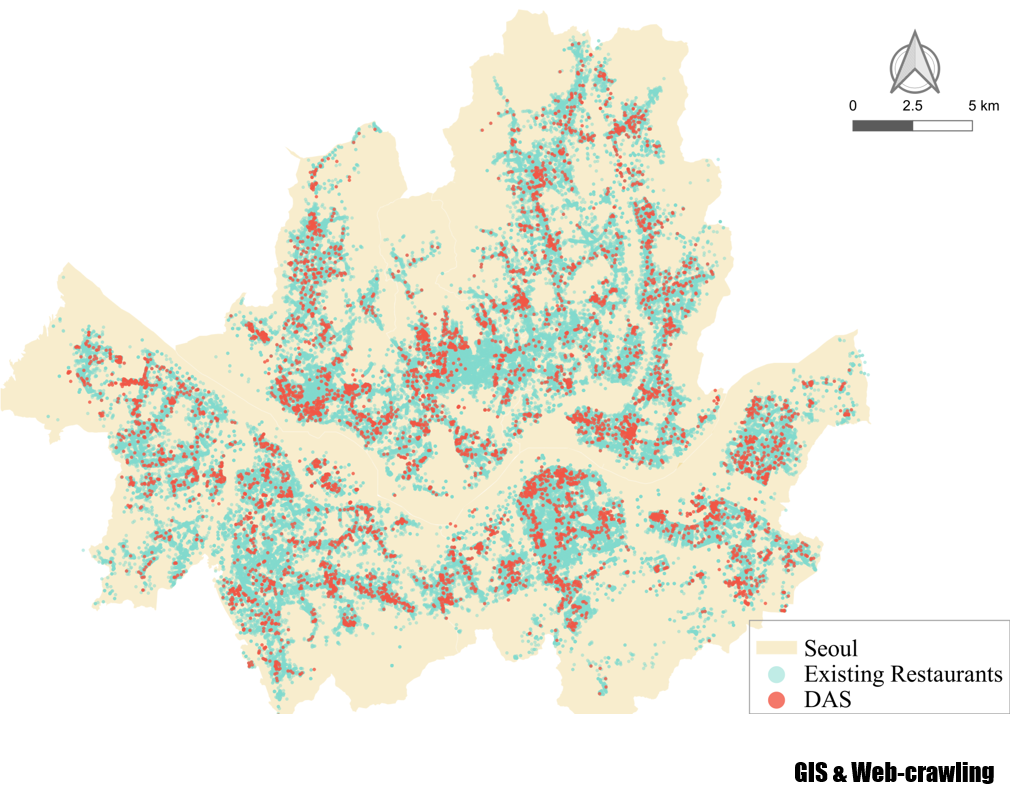
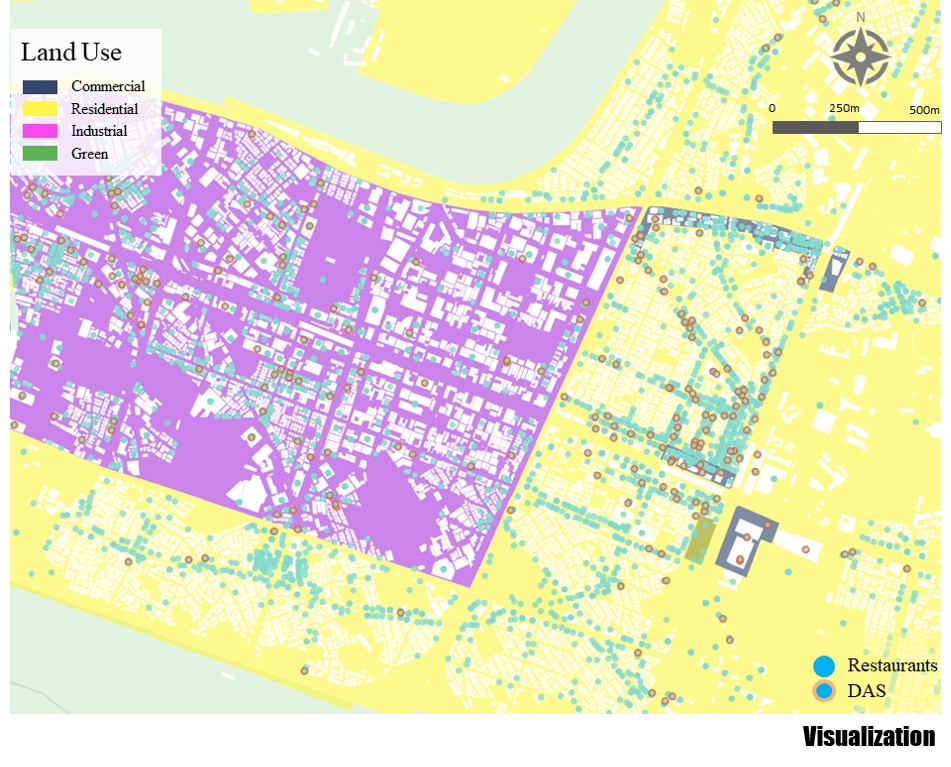
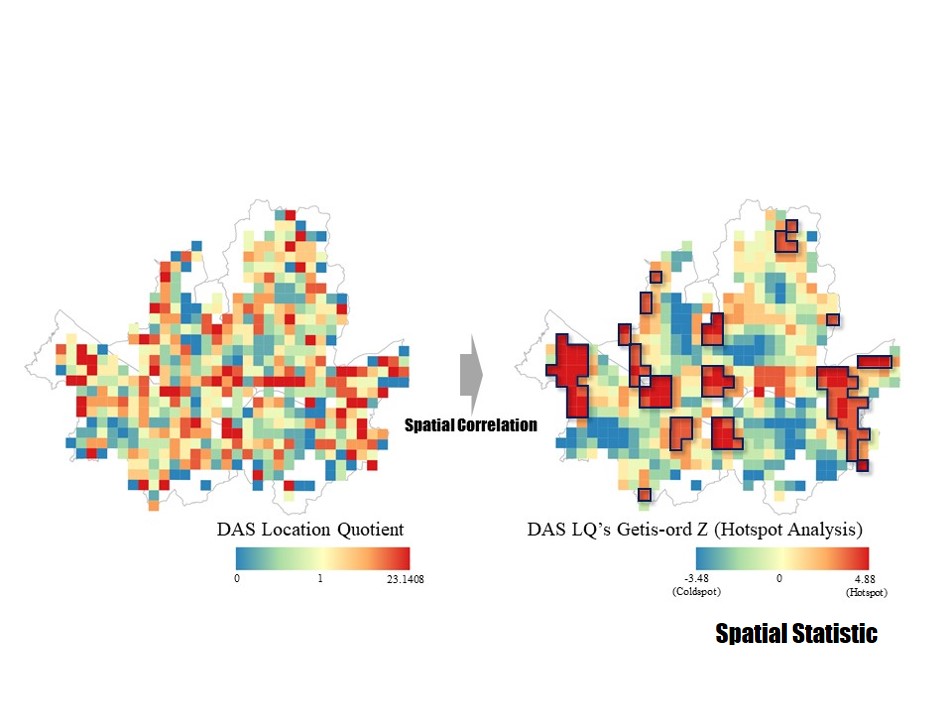
ICT has become a considerable determinant to depict urban space and people's travel behavior. To figure out the empirical impact of ICT on urban space, I suggested the notion of Digitally Accessible Space, which provides online reserved visitors with significant priorities. In conclusion, DAS utilizes ICT including online reservation and mobile device to overcome the unprofitable market location.
Bayesian Approach for Urban Dynamics

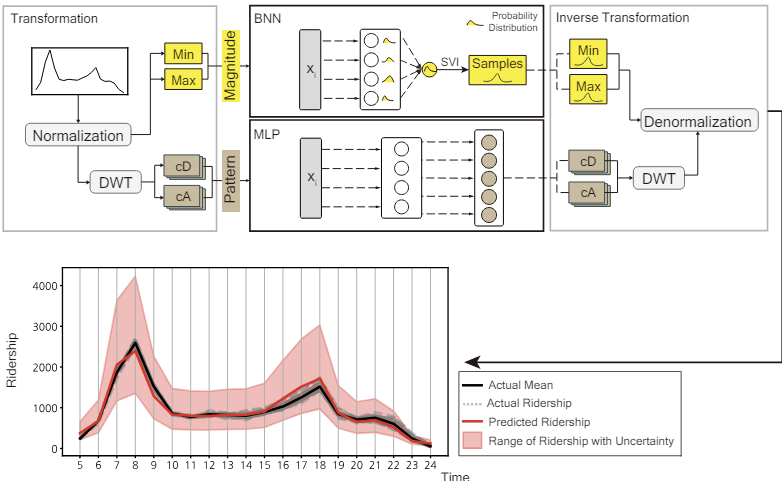
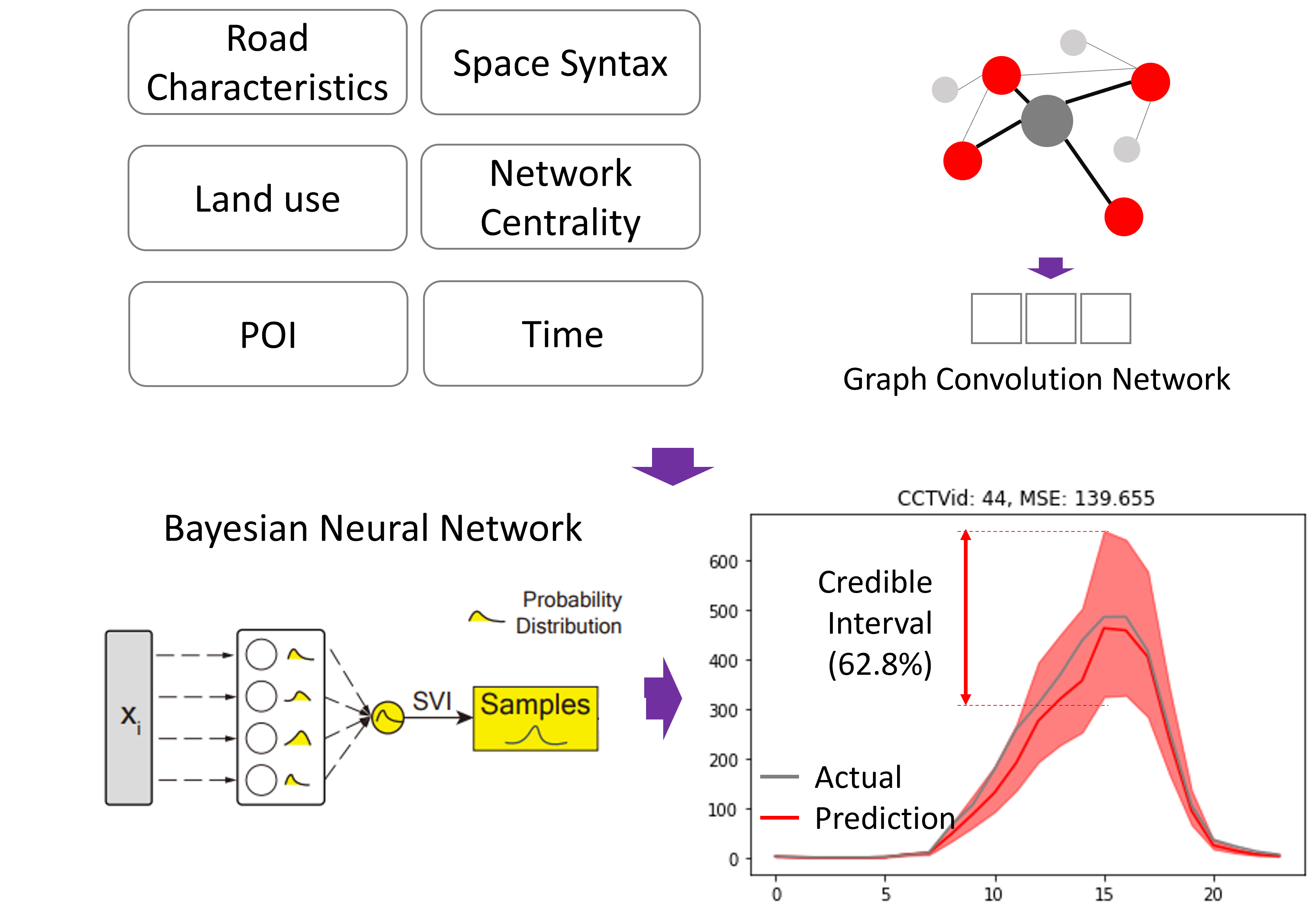
Urban spaces and the movement of people within them are the result of complex interactions. Existing AI-based approaches lack consideration for such uncertainties, so there is a need for urban computing researchers to actively utilize stochastic approaches. I am conducting research to develop a method based on Bayesian Neural Networks to represent urban dynamics as probabilities.
Overtourism Detection by Human Mobility

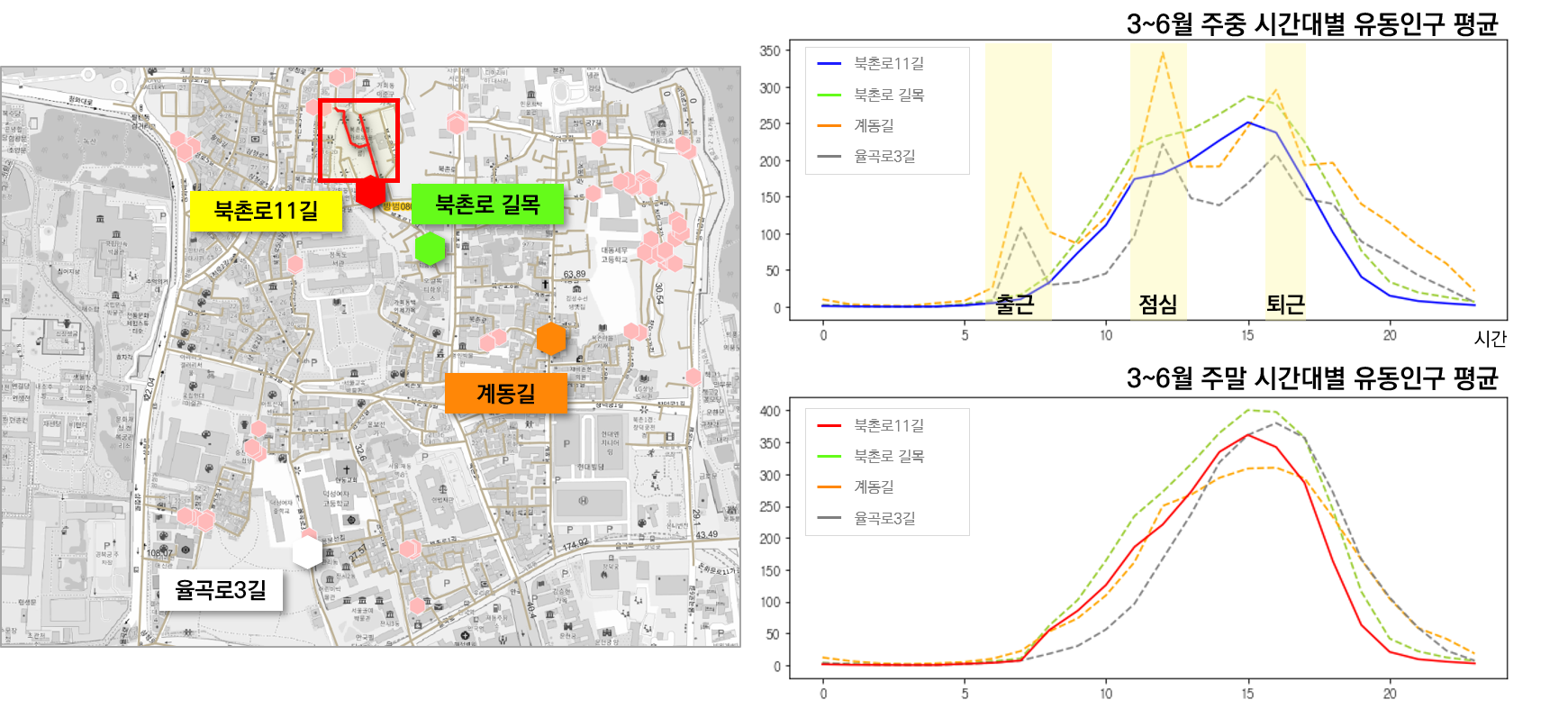
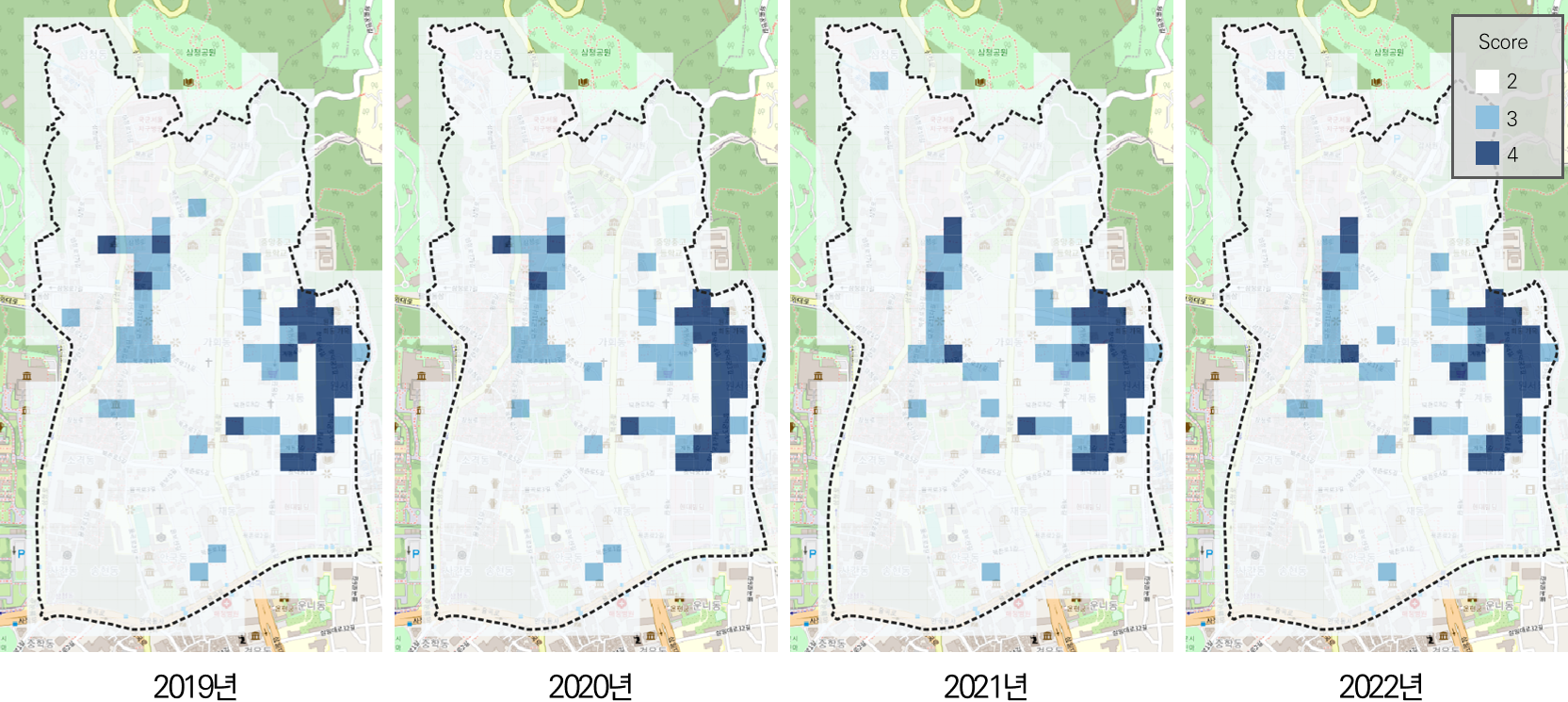
Planning strategy to prevent overtourism requires data-driven analysis for human mobility. Bukchon in Jongno, a residential area with traditional buildings and aesthetic landspace, is the most representative site suffering from overtourism. I analyzed the human mobility pattern of visitors obtained by CCTV and telecommunication data in a street unit using PostGRESQL and python.
AI-driven Urban Block Generator

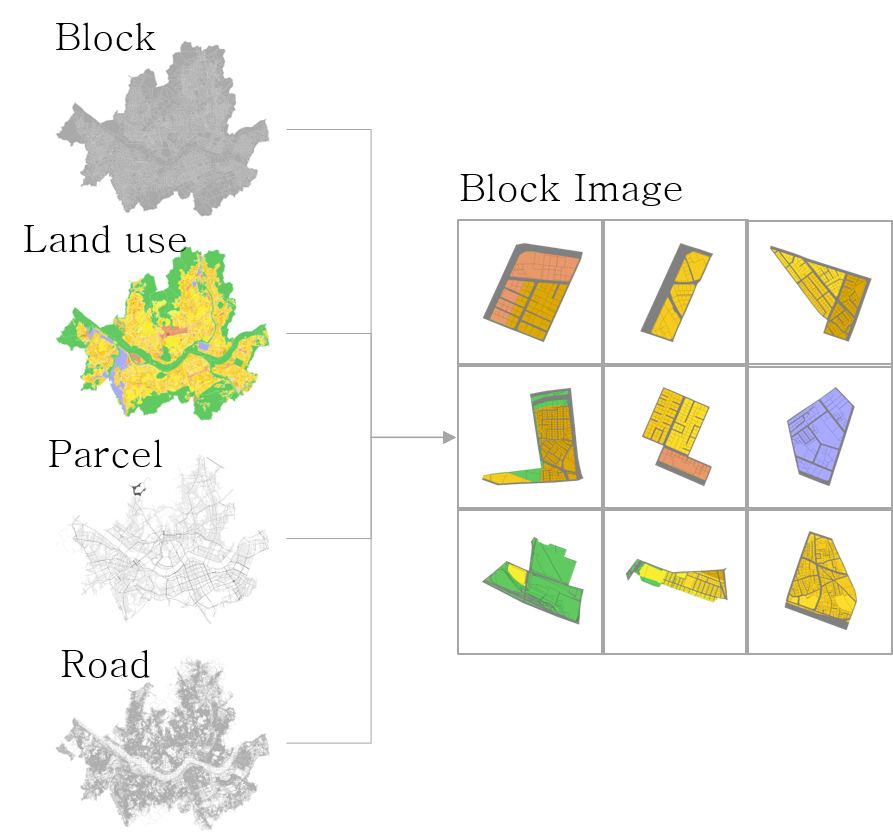
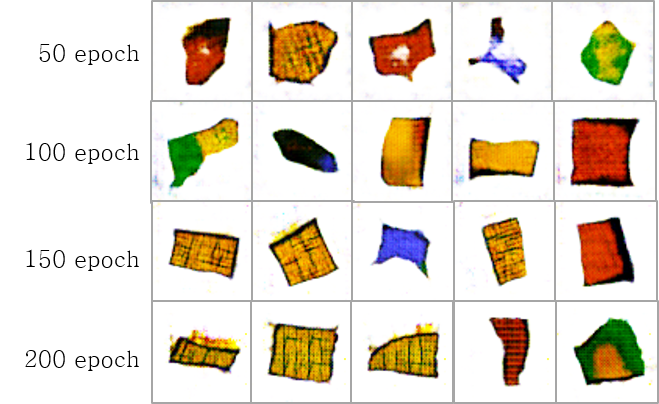
Generative Adversarial Network (GAN) generates fake images from training sets. By block units, images including the land use, road network, and parcel of entire Seoul compose training sets. Trained DCGAN model proposes various alternatives of urban block as images.
Simulating Water Flow on Facade
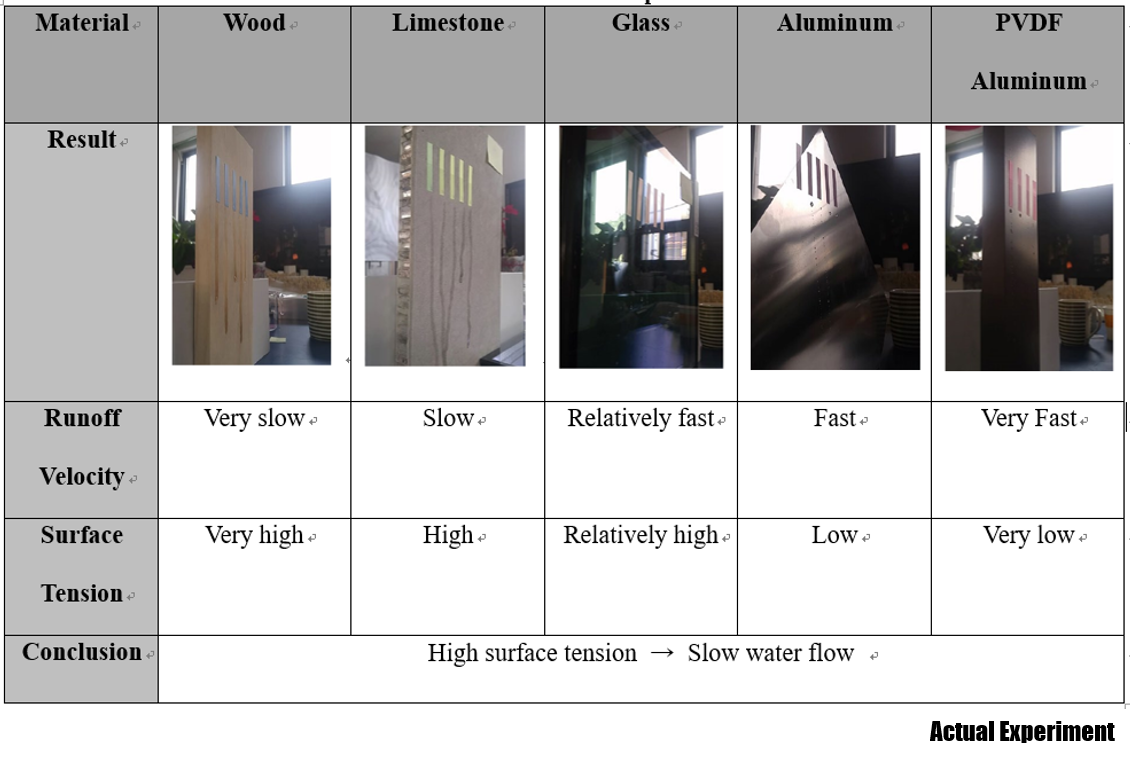
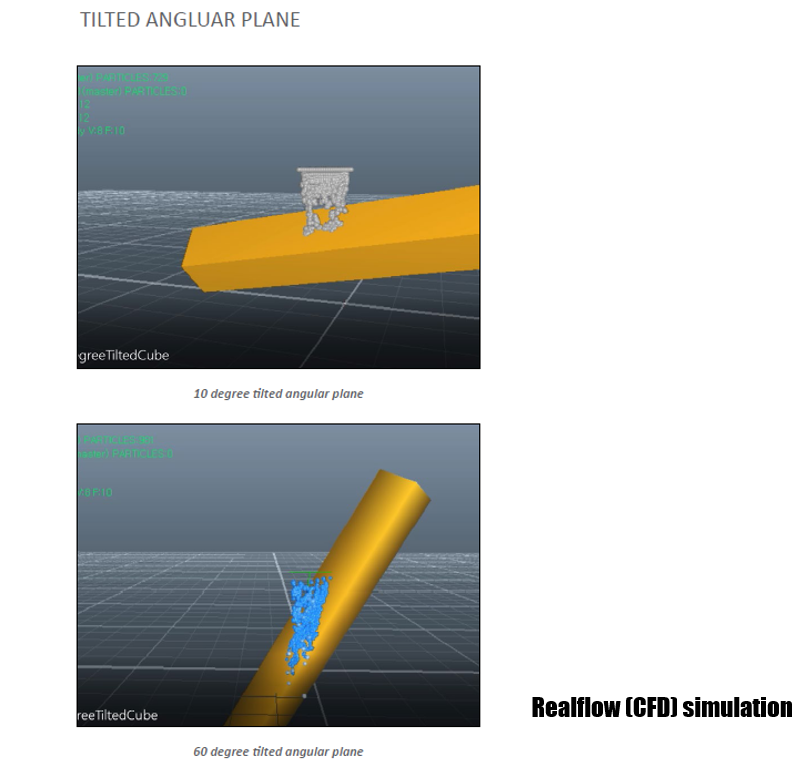
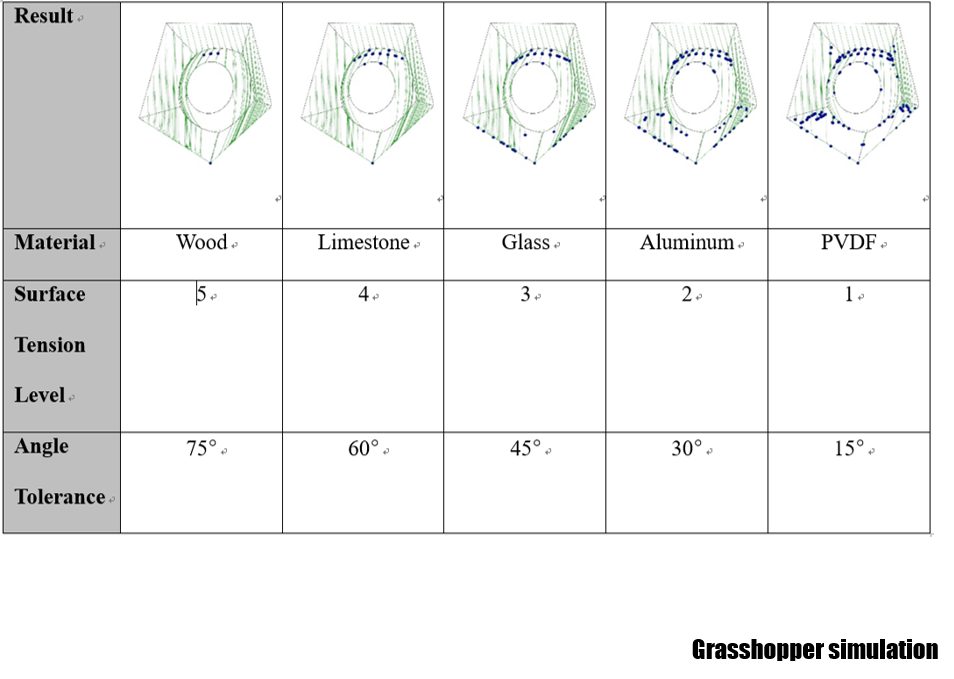
I conducted research for the simulation of water flow pattern on facade during my internship in VS-A.kr. A real experiment was conducted to understand the water flow pattern depending on the material and angle. Based on the experiment, the pattern was parametrized by CFD simulation (Realflow) and visualized by 3D modeling tool (C#, Rhino3D & Grasshopper).